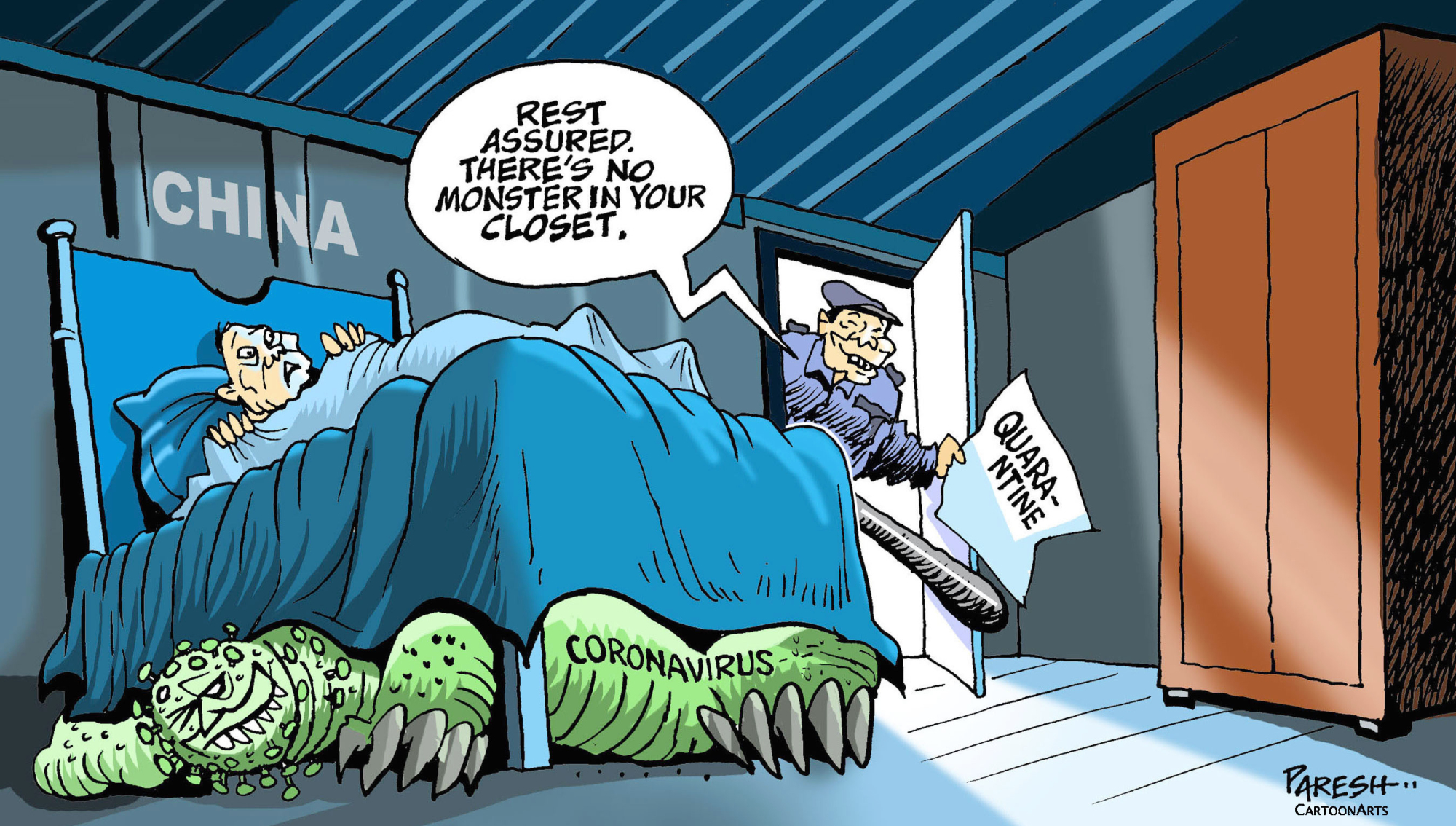How often do you see a piece of economic or financial information revised upward by 45 percent? And how reliable would you regard a data set that's subject to such adjustments?
This is the problem confronting epidemiologists trying to make sense of the novel coronavirus spreading from China's Hubei province. Earlier this month the tally there surged by 45 percent — or 14,480 cases. The revision was largely due to health authorities adding patients diagnosed on the basis of lung scans to a previous count, which was mostly limited to those whose swab tests came back positive.
The medical data emerging from hospitals and clinics around the world are invaluable in determining how this outbreak will evolve — but the picture painted by the information is changing almost as fast as the disease itself, and isn't always of impeccable provenance. Just as novel infections exploit weaknesses in the body's immune defenses, epidemics have an unnerving habit of spotting the vulnerabilities of the data-driven society we've built for ourselves.



















With your current subscription plan you can comment on stories. However, before writing your first comment, please create a display name in the Profile section of your subscriber account page.